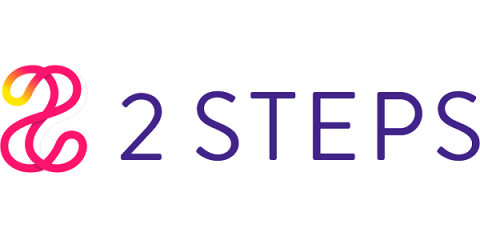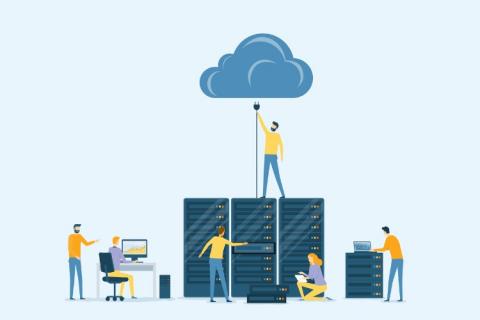Operations | Monitoring | ITSM | DevOps | Cloud
Latest Posts
The importance of end user experience monitoring
How 2 Steps synthetic monitoring can assist with operational compliance (CPS 230)
Monitoring the Impossible - Synthetic Monitoring for 2FA, Virtual Desktops & Windows
Creating amazing user experiences in virtual desktop environments with synthetic monitoring
Differences between DevSecOps and DevOps
The benefits of anyone being able to build synthetic tests
5 tips for end-user experience monitoring best practise
Synthetic Monitoring for Microsoft Azure DaaS
The adoption of Microsoft Azure Desktop as a Service (DaaS) has significantly improved how businesses access and manage their desktop environments. However, as the number of users relying on DaaS increases, ensuring a seamless and reliable user experience becomes increasingly challenging. This blog post will explore businesses' key challenges in monitoring Microsoft Azure DaaS and how Synthetic Monitoring can help ensure a seamless user experience.
Risk Management for Solution Architects: Mitigating Framework Risks
As a solution architect, you know that your expertise in envisioning and constructing robust systems is vital, especially as navigating third-party frameworks and platforms becomes increasingly integral in today's complex technological landscape. Risk management, therefore, plays a crucial role in safeguarding your organisation's digital assets and ensuring optimal performance. But how do you ensure you effectively mitigate the risks associated with these third-party frameworks and platforms? Read on to learn key tips and strategies for mitigating and managing framework risks.




